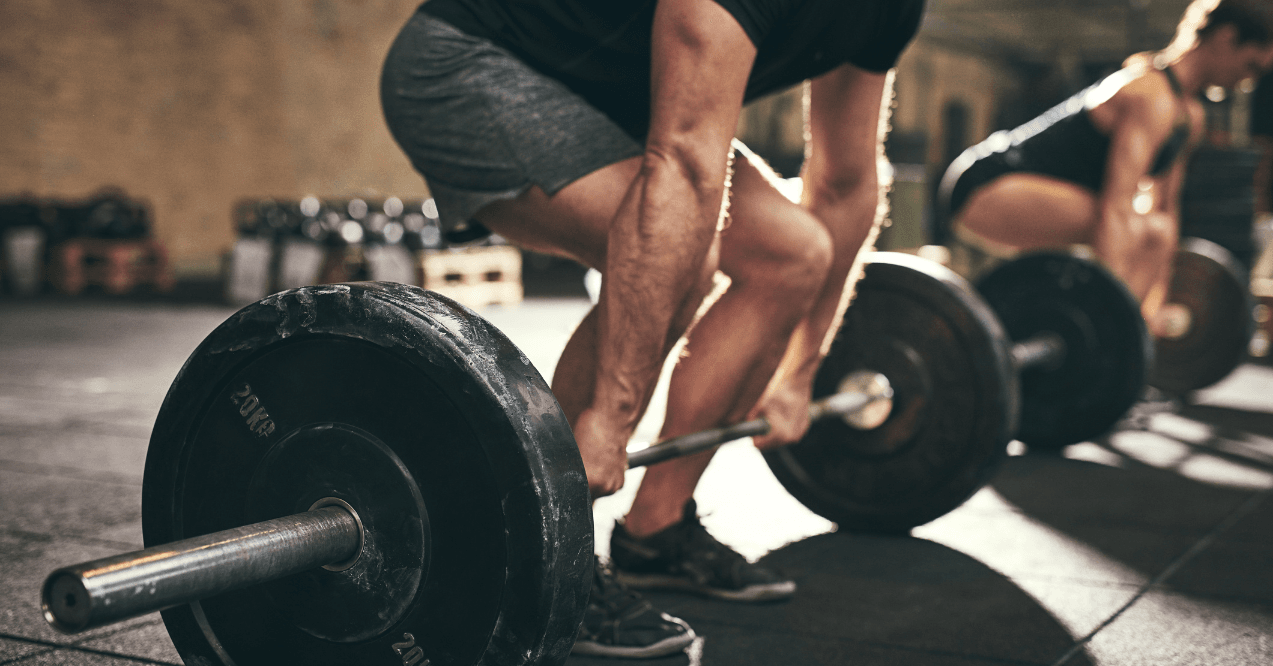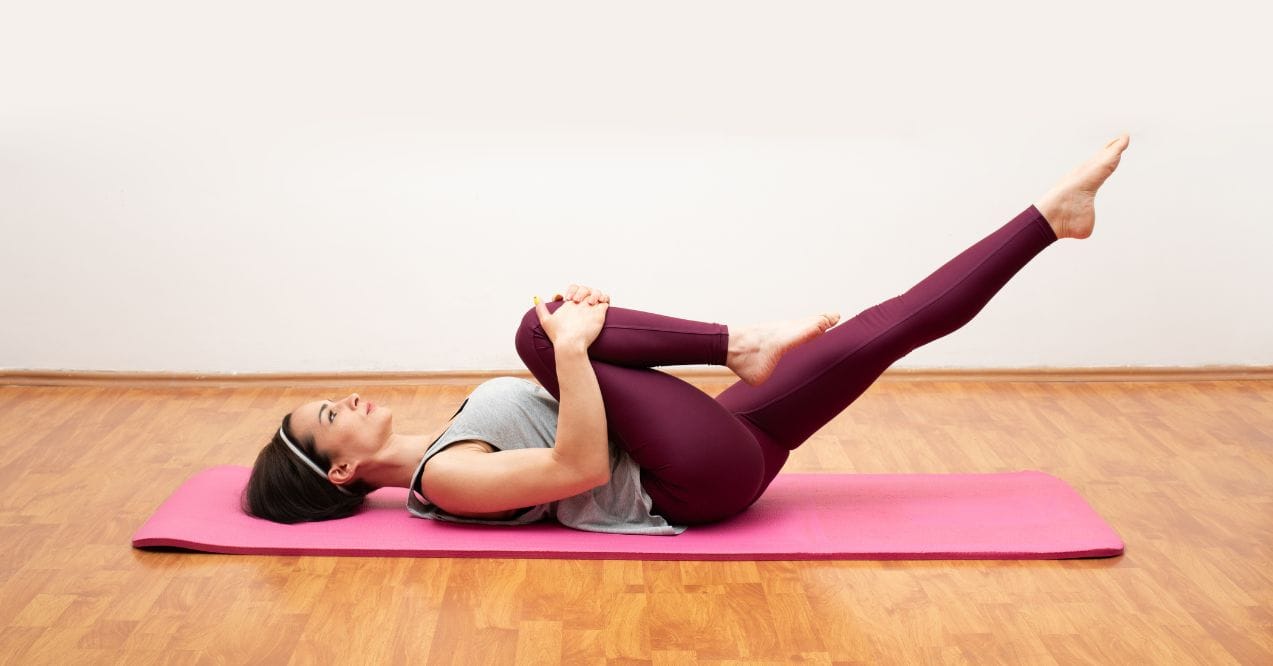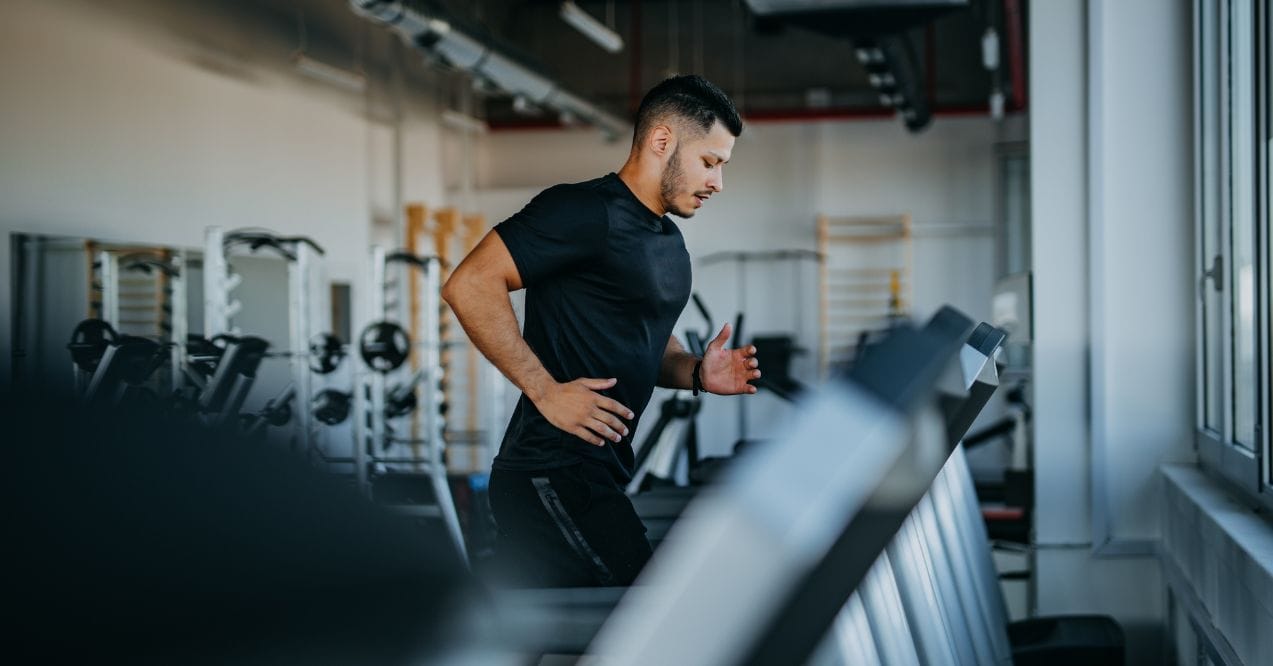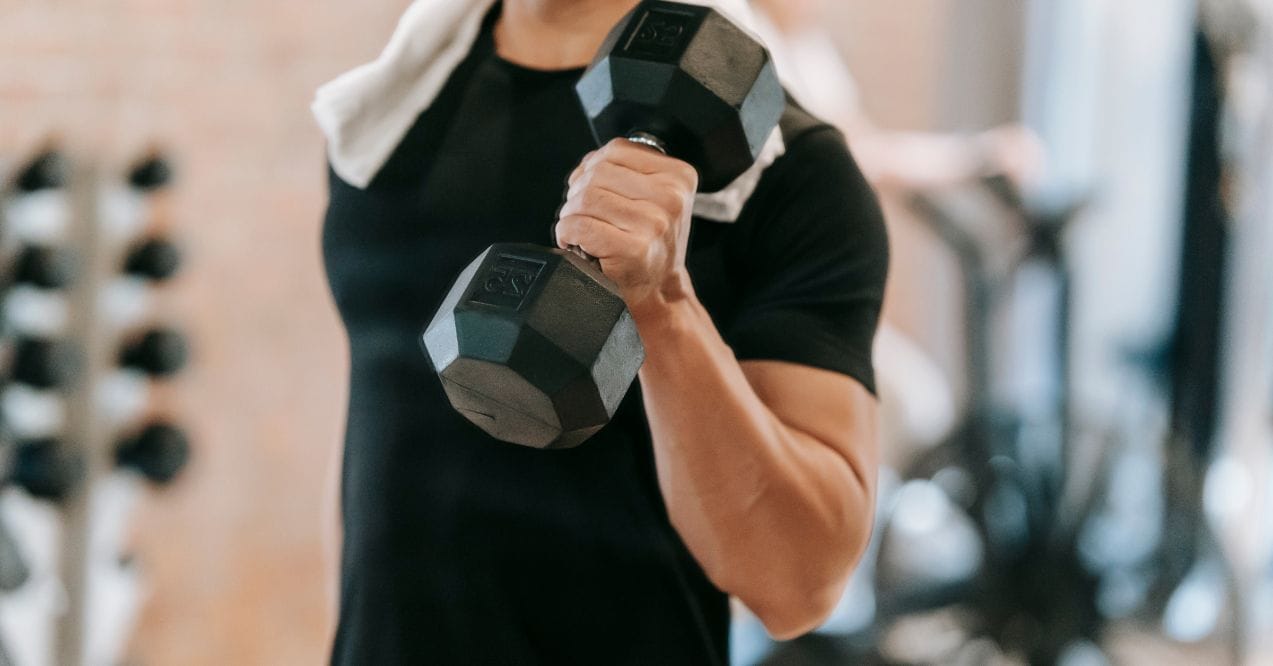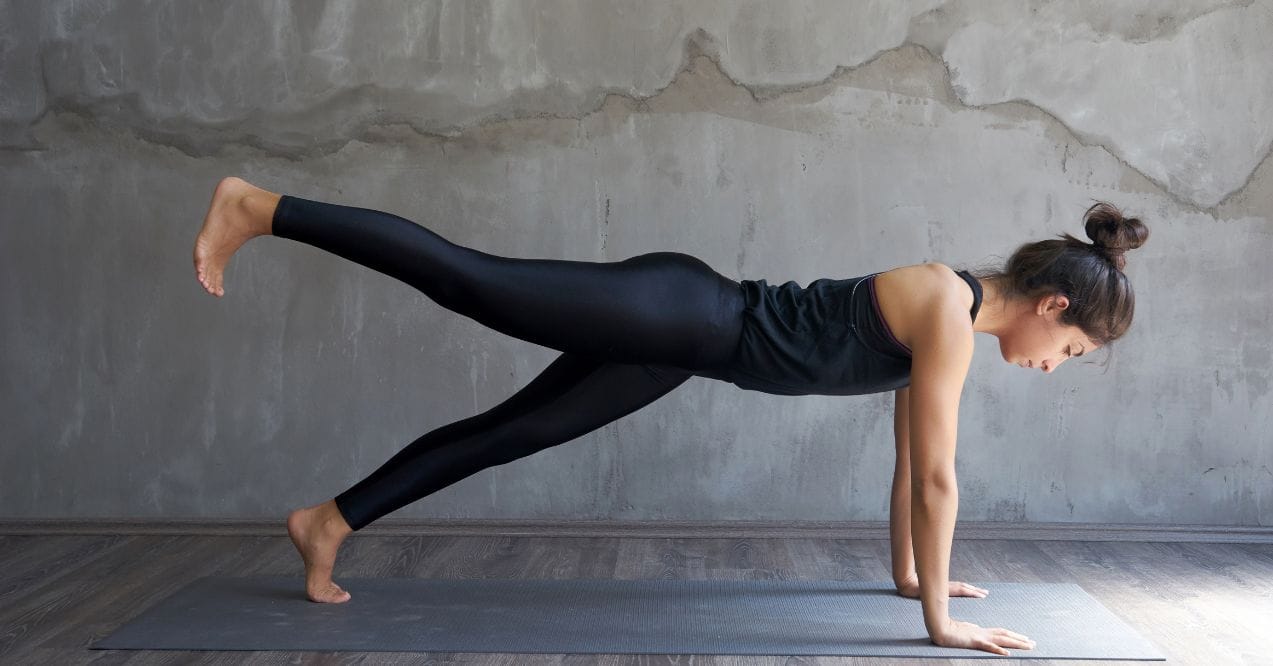Sore Legs After Running? Here’s How to Recover Faster
Sore legs after running is something nearly every runner experiences. That familiar ache or stiffness that sets in hours after your run can range from mildly uncomfortable to genuinely painful. Understanding the difference between normal muscle fatigue and potential issues is crucial for every runner. This guide will help you identify what’s typical post-run discomfort, when to be concerned, and effective strategies to support faster recovery.
How Does Sore Legs After Running Feel Like?
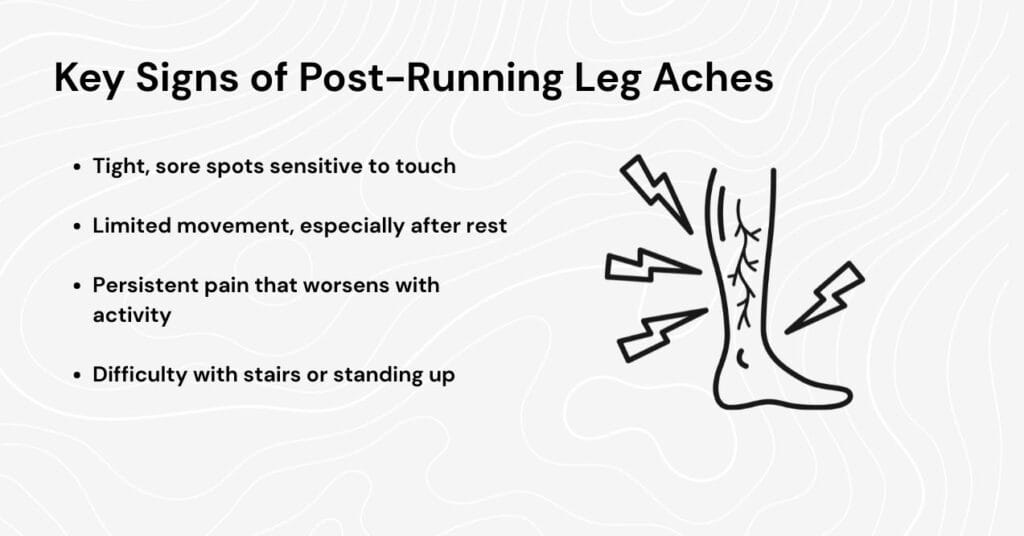
Sore leg muscles after running can manifest in various ways, depending on intensity, duration, and your running experience. Most commonly, runners describe a dull, achy sensation that develops 24-48 hours post-run – what fitness experts call delayed onset muscle soreness (DOMS). This feeling typically affects major muscle groups like quads, hamstrings, and calves.
When your legs ache after running, you might experience:
- Tender, tight muscles that feel uncomfortable when touched
- Stiffness or reduced range of motion, especially after sitting
- A deep, persistent ache that feels worse during movement
- Temporary weakness when climbing stairs or standing from a seated position
Different areas present unique sensations – calves often feel tight and knotted, quads might burn or throb, while hamstrings can feel tender and strained.
Normal muscle soreness differs from concerning pain in significant ways. Healthy soreness feels symmetrical (affecting both legs similarly), gradually improves within 2-3 days, and responds well to gentle movement.
More serious discomfort often appears as sharp, stabbing sensations, persists beyond 72 hours, or causes visible swelling – signals that something beyond typical muscle recovery might be occurring
What’s Considered Normal Leg Pain After Running?
Post-run discomfort is a natural part of the training process. Most runners experience delayed onset muscle soreness (DOMS), which typically begins 24-48 hours after activity and gradually subsides within 2-4 days. This mild to moderate discomfort occurs because running creates microscopic tears in muscle fibers, triggering your body’s repair response – the essential process that ultimately strengthens and adapts your muscles.
If you’re wondering why are my legs so heavy after a workout, this sensation stems from several physiological responses. During intense or prolonged running, your muscles accumulate metabolic byproducts and experience micro-damage that temporarily alters muscle function. Additionally, muscle glycogen (stored energy) becomes depleted, and fluid shifts occur within muscle tissues, contributing to that characteristic heavy, fatigued feeling.
Normal post-run discomfort typically includes:
- General muscle soreness that affects both legs equally
- Discomfort that improves with gentle movement
- Gradually decreasing pain intensity over 2-4 days
- Stiffness that’s worst in the morning but improves throughout the day
Even shin pain after running can be normal for many runners, particularly newer ones or those increasing training volume. Mild shin discomfort often results from unaccustomed stress on lower leg muscles and connective tissues. This form of “shin splints” typically responds well to proper rest, appropriate footwear, and gradual training progression.
How to Ease Normal Soreness at Home

When dealing with sore muscles after training, several effective at-home strategies can support recovery and alleviate discomfort. The RICE method serves as a foundational approach:
- Rest – Allow 24-48 hours between intense training sessions
- Ice – Apply cold packs for 15-20 minutes to temporarily reduce discomfort
- Compression – Consider wearing compression sleeves or socks to support circulation
- Elevation – Prop your legs above heart level when resting to promote fluid movement
- Self-massage – Using foam rollers or massage balls helps release tension in tight muscles
Beyond these physical recovery methods, optimizing your nutritional intake can significantly enhance your body’s recovery capabilities. Your muscles need specific nutrients to repair and rebuild effectively after intense training sessions.
Trumeta Recovery offers a convenient solution for runners looking to support their post-workout recovery process. This specialized formula contains essential nutrients like Vitamin C to support collagen formation, Magnesium Oxide to help maintain proper muscle function, and Calcium HMB to promote muscle protein synthesis.
The balanced electrolyte profile, including sodium and zinc, helps replenish what’s lost through sweat during intense running sessions. By incorporating this targeted nutrition alongside your physical recovery strategies, you can create a comprehensive approach to addressing muscle soreness and supporting your body’s natural repair processes.
When Leg Pain Might Be a Problem
While having legs sore after running is typically normal, certain symptoms signal that your discomfort might require more attention than simple at-home recovery techniques. Understanding these warning signs helps you distinguish between beneficial training adaptations and potential issues that need addressing.
Pay particular attention to these red flags:
- Pain that feels sharp, stabbing, or burning rather than dull or achy
- Discomfort that increases during rest or wakes you from sleep
- Visible swelling, redness, or unusual warmth in a specific area
- Soreness that persists without improvement beyond 5-7 days
- Pain accompanied by visible bruising not caused by impact
- Sudden weakness or inability to bear weight normally
Knee and ankle pain deserves special consideration since these joints absorb significant impact with each running stride. While mild discomfort around these areas might be normal after increasing training intensity, pain that feels deep within the joint, creates instability, or causes a clicking/grinding sensation warrants attention.
Listen to your body – discomfort that alters your running form, forces you to cut workouts short repeatedly, or impacts your daily activities indicates your body isn’t properly recovering. In these cases, consulting with a healthcare professional specializing in sports-related issues can help identify the cause and support appropriate recovery strategies.
What to Do If You Experience Severe Pain
When your legs hurt during running to the point where you can’t maintain normal form or the pain feels sharp and intense, take immediate action:
- Stop your activity completely – continuing could potentially worsen the situation
- Gently return home (walk slowly or arrange transportation if needed)
- Elevate the affected leg above heart level when possible
- Apply cold therapy to the painful area for 15-20 minutes
- Take notes about what you were doing when the pain began and specific sensations you’re experiencing
- Monitor for additional symptoms like swelling, warmth, or redness
- Consider consulting with a healthcare professional who specializes in sports-related concerns, especially if pain persists beyond 24 hours
Preventing Leg Pain from Running
Prevention remains the most effective strategy for managing leg discomfort. The foundation of pain-free running starts with respecting your body’s adaptation timeline and implementing smart training principles.
Progressive training tops the list – follow the 10% rule by increasing your weekly mileage by no more than 10% at a time. This gradual progression gives your muscles, joints, and connective tissues time to strengthen and adapt to increased demands. Consistent strength training that targets your core, hips, and lower body complements your running routine by addressing muscle imbalances and improving stability.
Your footwear matters tremendously. Running shoes typically need replacement every 300-500 miles as their cushioning and support deteriorate with use. Consider visiting a specialty running store for a professional fitting that accounts for your foot structure and running mechanics.
These prevention practices yield significant benefits:
- Alternate running surfaces when possible (trails, grass, track) to vary impact forces
- Incorporate 1-2 full rest days weekly to support tissue recovery
- Maintain proper hydration before, during, and after runs
- Fuel appropriately with balanced nutrition to support energy needs and recovery
- Listen to early warning signs – minor discomfort often signals the need for additional rest
The Role of Warm-Up, Cool-Down, and Recovery
Many runners eager to hit their stride often overlook crucial pre and post-run routines – potentially increasing their risk of developing post workout muscle soreness and injury. A proper warm-up prepares your body for the demands of running by gradually increasing blood flow to muscles, enhancing neural activation, and improving tissue elasticity.
Effective warm-ups should include:
- 5-10 minutes of light aerobic activity (easy jogging, brisk walking)
- Dynamic stretches targeting major running muscles
- Movement preparation exercises like leg swings and hip circles
Equally important, your cool-down transitions your body back to its resting state, reducing the accumulation of metabolic byproducts and supporting early recovery processes. Spend 5-10 minutes gradually decreasing your pace, followed by gentle static stretching.
Recovery extends beyond these sessions – quality sleep, proper nutrition, and strategic rest days are non-negotiable components of any successful training program. Many experienced runners incorporate active recovery (light walking, swimming, cycling) on rest days to promote circulation without adding training stress.
When consistently implemented, these practices don’t just alleviate soreness – they create a training environment that supports long-term performance improvements and reduces injury risk. Skipping these elements might save time initially but often leads to longer forced breaks later.
Best Cross-Training Options for Runners
Strategic cross-training serves as both a recovery tool and performance enhancer for runners at all levels. Low-impact activities complement your running routine by maintaining cardiovascular fitness while giving high-impact leg muscles and joints time to recover.
Swimming tops the list for runners seeking active recovery. The water’s buoyancy eliminates impact stress while the resistance builds total-body strength. The horizontal position also improves circulation and reduces leg swelling after heavy training weeks.
Cycling provides another excellent option that maintains cardiovascular endurance while targeting running muscles differently. The controlled, circular motion strengthens quadriceps and hamstrings through full ranges of motion without the impact forces of running.
Other beneficial cross-training activities include:
- Elliptical training – mimics running motion without impact stress
- Rowing – develops upper body and core strength often neglected in running
- Yoga – improves flexibility, balance, and body awareness
- Strength training – addresses muscle imbalances and improves running economy
Aim to incorporate 1-2 cross-training sessions weekly, either as substitutes for easy runs or as supplements to your regular training. This balanced approach maintains fitness while supporting tissue recovery, potentially reducing injury risk and extending your running longevity.
Conclusion
Sore legs after running is a normal part of the training process – but knowing when to push through and when to pull back makes all the difference. By implementing proper warm-up routines, recovery strategies, and cross-training activities, you can minimize unnecessary discomfort while maximizing performance gains.
Keep in mind that prevention is always more effective than treatment. Listen to your body’s signals, respect its adaptation timeline, and gradually build your capacity. With patience and consistent attention to recovery, you’ll develop stronger, more resilient legs for the miles ahead.
Your legs feel sore after running due to microscopic muscle damage that occurs during exercise. This natural response triggers repair processes that strengthen muscles over time. Factors like intensity, duration, and training history influence soreness levels.
Light activity is generally beneficial for mild soreness, promoting blood flow and recovery. However, moderate to severe soreness signals your body needs more recovery time. Listen to your body – gentle movement yes, intense training no.
When your quads hurt after running, try gentle stretching, foam rolling, and compression. Proper hydration, nutrition with adequate protein, and light movement can support recovery. Cold therapy for 15 minutes may temporarily alleviate discomfort.
Working out with mildly sore muscles might temporarily increase discomfort but isn’t harmful. However, training with severely sore muscles can compromise form, potentially leading to compensatory movement patterns and increased injury risk.
Advertisement. This site offers health, wellness, fitness and nutritional information and is designed for educational purposes only. You should not rely on this information as a substitute for, nor does it replace, professional medical advice, diagnosis, or treatment. If you have any concerns or questions about your health, you should always consult with a physician or other health-care professional. Do not disregard, avoid or delay obtaining medical or health related advice from your health-care professional because of something you may have read on this site. The use of any information provided on this site is solely at your own risk.
